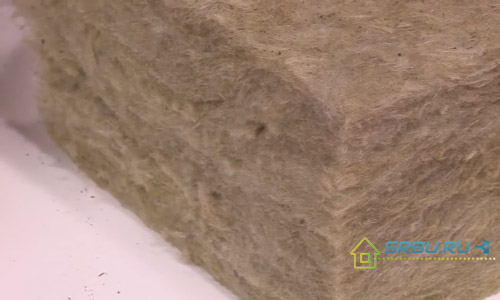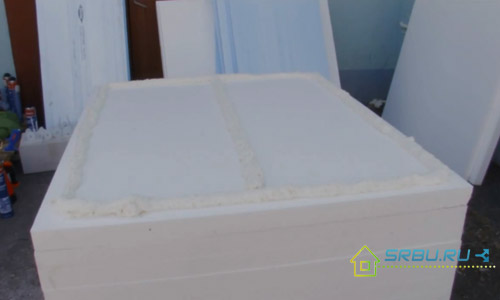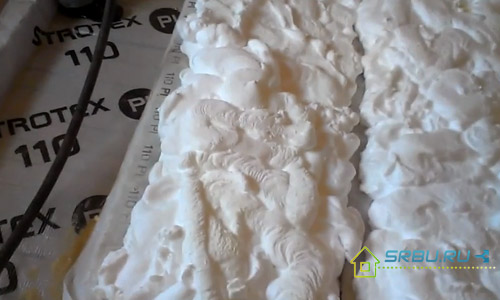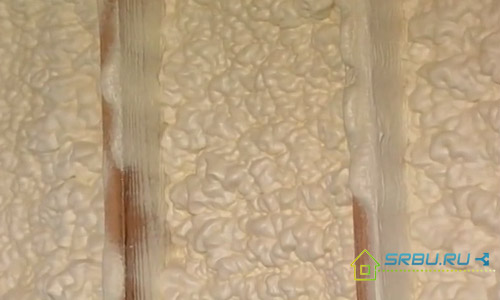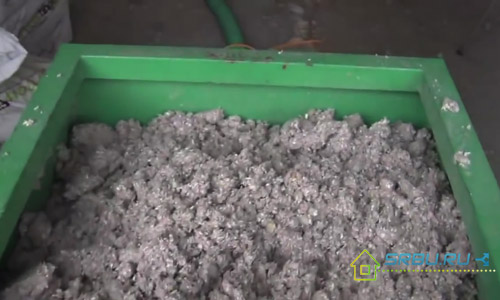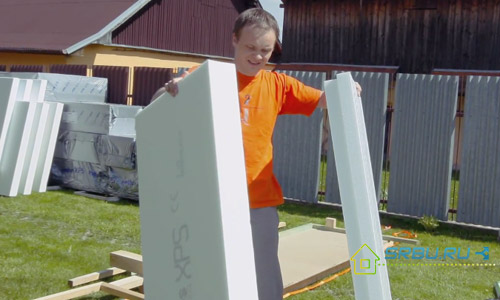Liquid insulation for walls is produced by several companies, in another way it can be called liquid ceramic thermal insulation or heat paint. Heat painting is suitable for insulating walls inside buildings, painting exterior facades with the possibility of subsequent finishing cladding.
The liquid insulation for walls receives mixed reviews, perhaps because the material is relatively new and has not yet been appreciated. It is applied to the surface with a brush or roller. After painting the walls from the inside, you can glue the wallpaper on top.
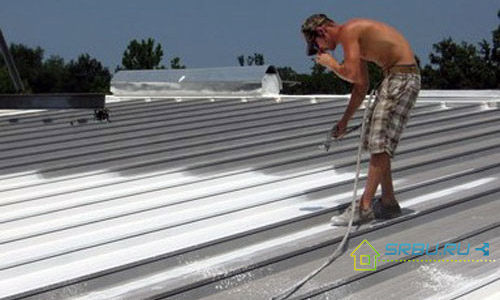
Advantages: Heat paint does not increase the thickness of the wall, forms a protective layer that prevents the penetration of cold inside the premises. The composition contains ceramic spheres, which together with acrylic polymers give a reflective effect. The paint is optimal for protecting hard-to-reach places where it is not possible to place ordinary sheet or roll insulation. Thermal paint provides good adhesion to various coatings.
Disadvantages: To obtain high-quality protection, heat paint should be applied evenly in several layers: about 5-6. The more layers, the more you need to withstand the interval between them, and this, as you understand it, all the time. For spraying with a spray gun, you will need to change the diameter of the outlet: a thick texture will clog a narrow nozzle.













